BLADE: It is a Shinogi Zukuri shaped blade. In good general condition. At the level of the Mune (back of the blade) on the Ura face there are traces of blows made by another blade, which clearly show that this sword has fought.
The temperLline is Ko Midare, (very irregular, close to the edge). The temperline at the tip (boshi) is not very distinct (possible lack?). Perhaps a ko-maru? The hada (grain of the steel) is a Masame - Itame with Nagare gokoro (elongated grains) in the Ji. These characteristics strongly suggest a work from the Horikawa school of Yamashiro province, which had continued the narrow temperline style of the Yamashiro school, moreover the file marks on the nakago are in kiri yasuri, and this Horikawa school was one of the only schools that used this form of decoration.….
NB: Japanese blades are always very difficult to photograph and the photos do not do justice to this blade, which is better in reality than what the images suggest.
The certain attribution of a blade to a school or even to a specific blacksmith being an ultra specialized discipline in Japan, I will be careful not to give more than an indication.
Nakago unsigned, yasuri mei (file marks) in kiri yasuri, A single mekugi ana (hole) Nagasa = 33.8 cm, moto haba = 24.8 mm, moto kasane 5.4 mm, saki haba 21.3mm, saki kasane 4.8mm
The habaki is made of red copper, it is a double habaki, which in principle was reserved for quality blades.
TSUBA: it is an interesting tsuba, of the sukashi type (= openwork), in iron with soft metal inlays. It has the characteristic shape called "double sea cucumber" which was the emblem of the school of the two sabers founded by Miyamoto Musashi, (1584-1645) the greatest swordsman in the history of Japan.
FUCHI in shakudo, KASHIRA in sentoku (Japanese brass) with inlaid shell motif decoration.
Blue-green braiding on Samé (ray skin).
The menukis represent dragons.
SCABBARD: In very good condition, it is covered with a so-called "combed" lacquer in relief. Koi-guchi (Entrance of the scabbard) and kojiri (end) in black horn
KOZUKA: in copper and brass, decorated with a flight of longevity cranes. The blade of the kozuka has the unusual particularity of bearing signatures on both sides, they are different but of course apocryphal, as is generally the case.
The whole item is pleasant, of indisputable origin, complete, in a nicecondition at a very reasonable price
. Ref AX-95XX
Shipping costs France 20€, Europe 30€






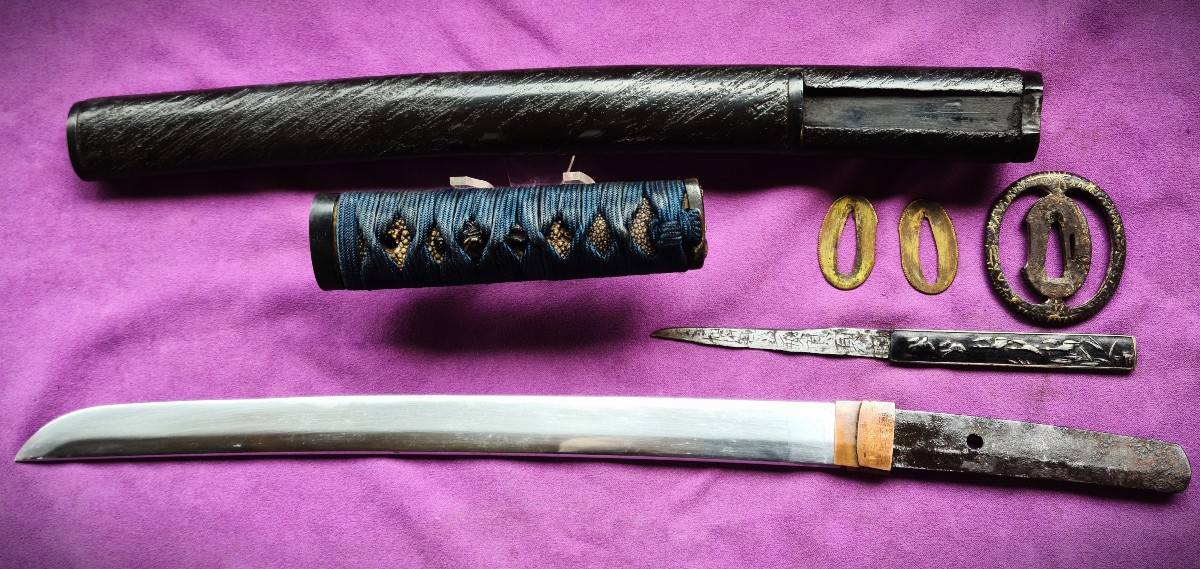





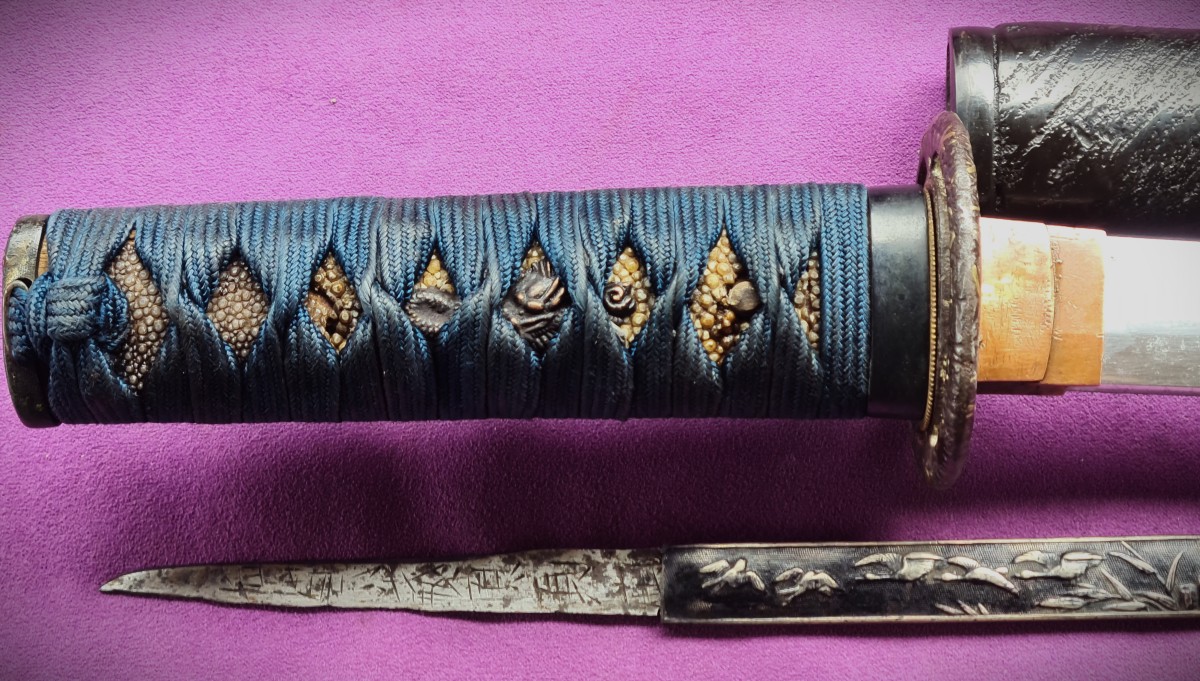
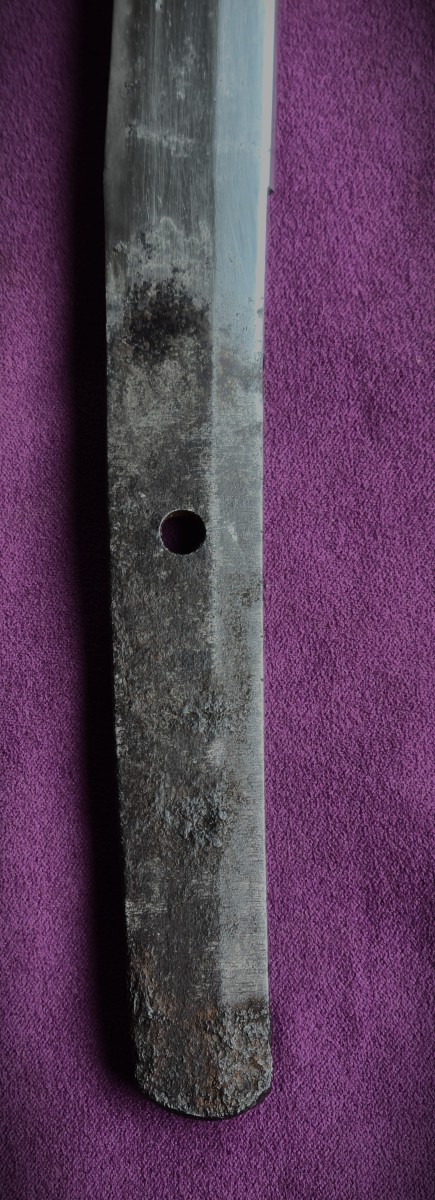














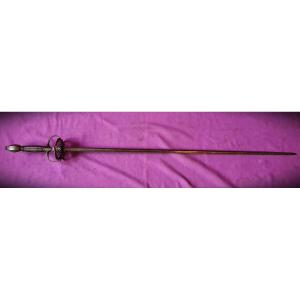


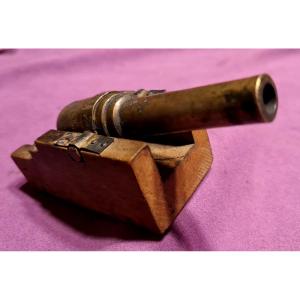
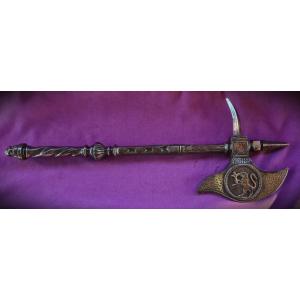

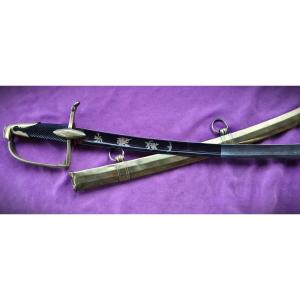


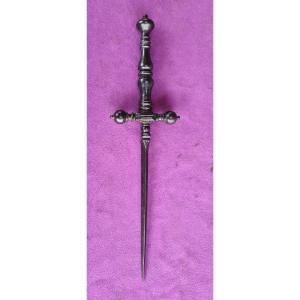

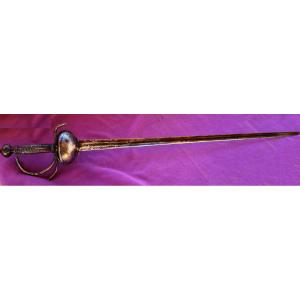
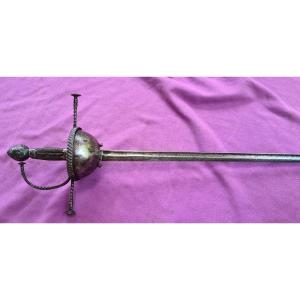
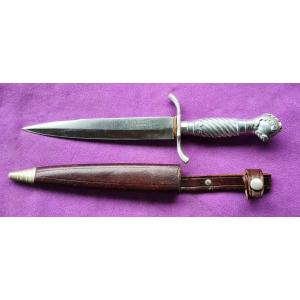








 Le Magazine de PROANTIC
Le Magazine de PROANTIC TRÉSORS Magazine
TRÉSORS Magazine Rivista Artiquariato
Rivista Artiquariato